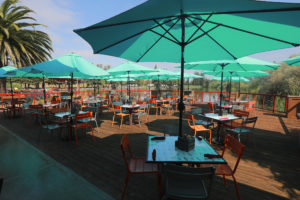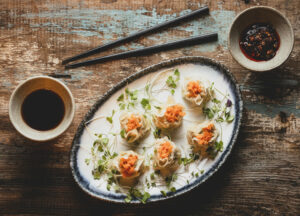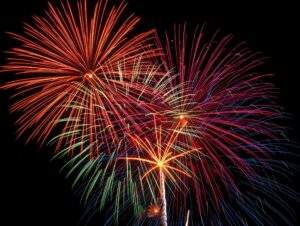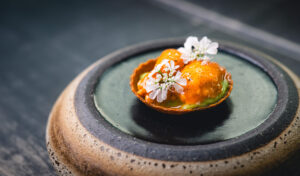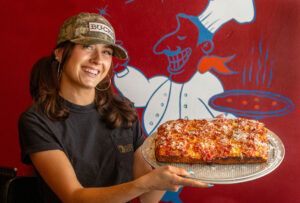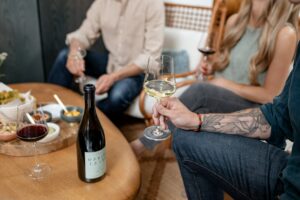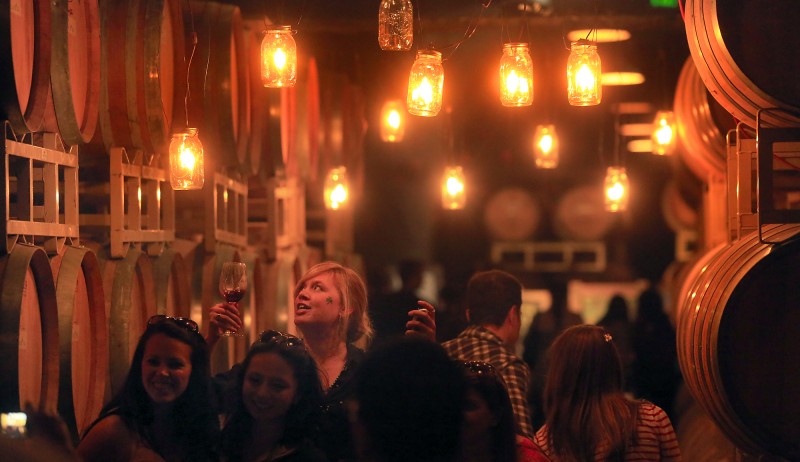In their first year of life, most red wines taste raw, tannic and mouth-puckering — assaults that only winemakers should have to endure. So how to explain why 15,000 people would go out of their way to sample harsh, astringent, all-elbows red wines less than a year old, and pay good money to do so?
It’s part of the mystique of barrel tasting, a ritual in which vintners pour their wines right from the barrel for consumers looking for a behind-the-scenes experience. They also hope to snag prized bottles at discounted prices, well before they’re sold in tasting rooms.
Filled barrels are stored in cellars so chilly that visitors can see their own breath; bundling up is part of the fun. It’s a glimpse behind the curtain at gleaming stainless-steel tanks, wine-stained casks, and bottling lines either clattering away or stoically silent. Wine cellars have a distinct aroma, too, a haunting mix of fermented grapes, toasty oak and wet cement. Visitors can see, feel and smell the winery as well as sip its young wines.
Barrel tasting relies on a system called futures: pay now and get the bottled wine 12 to 18 months later. The buyer feels like an insider, invested in the future of the wine; the winery’s cash flow improves by finding early homes for the bottles. Customer and seller both win.
The Wine Road Barrel Tasting is a phenomenon, growing from a one-day affair in 1978 to two three-day weekends that are attended by 15,000 people, 50 percent of them from out of state. They travel from winery to winery, sometimes in limos, dressed way up, or down, to try wines that aren’t yet ready to drink.
In the recent past, the event’s popularity and $10 price led to overcrowding, buses blocking narrow roads, and inebriation of those who didn’t spit after sipping. But tickets now cost $30 to $50, which has eliminated most of the hearty partiers; there are also restrictions on buses and limos. As a result, barrel tasting has become attractive again to dedicated collectors and those wanting to get the jump on bottles that might not be available a year later.
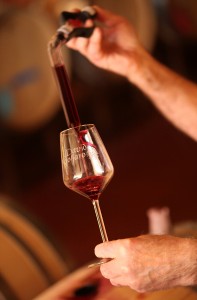
Some 120 vintners will pull bungs from barrels at the 36th annual Wine Road Barrel Tasting in late February and early March. The event has become a template for other regions seeking to sell wine at a traditionally slow time of year. On the weekend after Wine Road, Sonoma Valley wineries roll out their barrels for Savor Sonoma Valley.
“We like barrel tasting for the opportunity to educate,” said Julie Pedroncelli St. John, vice president of marketing for Pedroncelli Winery in Geyserville. “Our interaction with a visitor might spark a lifetime interest in wine.”
So can the purchase of futures, said Rod Berglund, winemaker at Joseph Swan Vineyards in Forestville. “Futures can be the only way to acquire a wine made in small amounts. People like to have something the rest of the world doesn’t have,” he said. “We also try to offer futures at a generous discount. Since wine prices seldom go down and our costs are constantly going up, futures buyers often get a very, very good deal.”
While a few wineries offer barrel tastings year-round, the real action is on the two Wine Road weekends, according to Executive Director Beth Costa. “Some visitors bring spreadsheets of what’s in their cellars,” she said, “and use them to decide which wines to buy. They’re that into it.”
Wine Road Barrel Tasting, Feb. 28-March 2 and March 7-9, 11 a.m.-4 p.m., 800-723-6336, wineroad.com, $30-$50
Savor Sonoma Valley, March 15-16, 11 a.m.-4 p.m., heartofsonomavalley.com, $50-$65


